Abstract
Life-style is now recognized as a main determinant of cancer risk. Public education is an important component of cancer control programmes and has been shown to be effective in leading to life-style changes. Four basic types of education programmes are reviewed: for increasing the public's awareness of cancer, for changing specific risk behaviour (such as stopping smoking), for learning self-examination skills (such as breast self-examination), and for promoting early cancer detection in the community.
To change human behaviour it is best to approach the risk habit through the same forces that develop and sustain the habit. Simply giving information of an association between specific habits and cancer, even if repeated several times, will lead to increased public awareness and encourage some to make a minimal effort to change their behaviour, but in general the new habit does not persist and continuing and intensifying this approach are ineffective. An alternative strategy utilizes socially active forces to support the prevention practice and remove possible barriers to action. For example, an antismoking programme should create a favourable social image of the non-smoker. Although a culturally and socially relevant mass media campaign can influence knowledge and beliefs and induce people to participate in a screening activity, this needs to be supplemented over a period of time by personal contact methods, such as group discussions, telephone conversations and home visits, in order to promote a regular screening habit. Contrary to popular opinion, mass communication methods can be expensive on a per person cost-effectiveness basis because of low participation rates and weakness in sustaining healthy behaviour.
Full text
PDF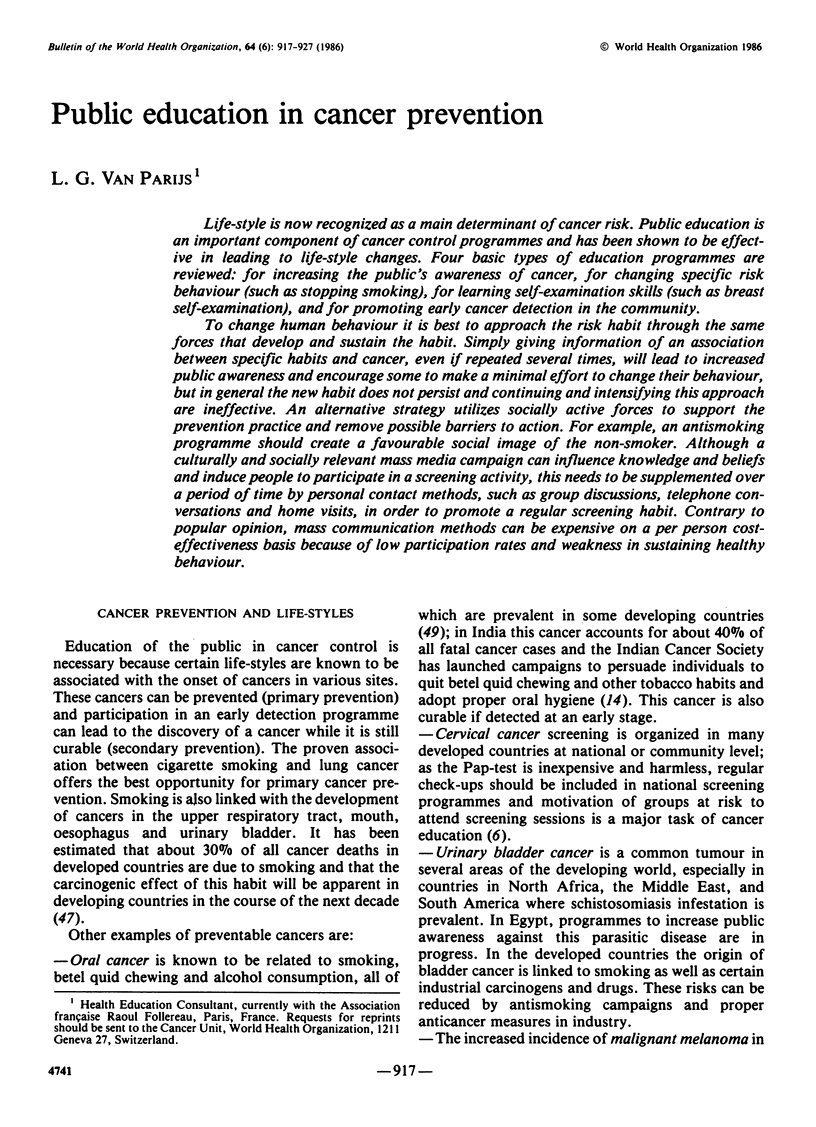
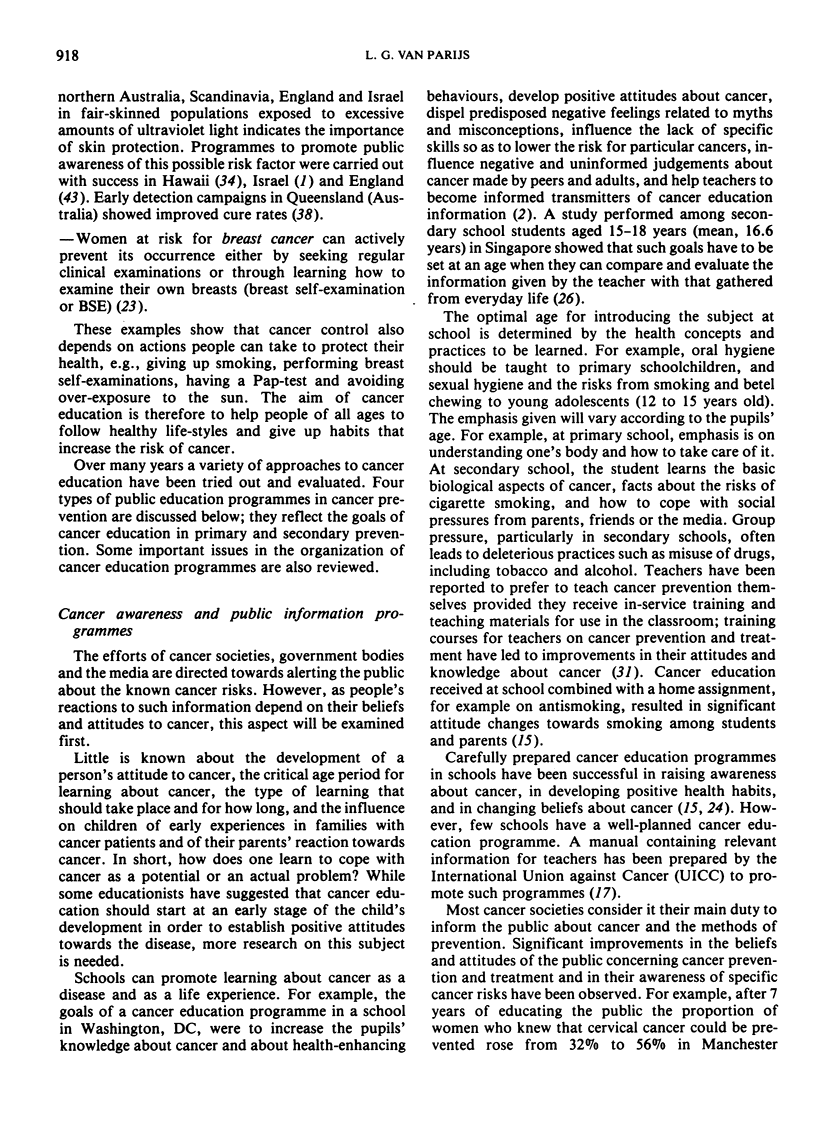
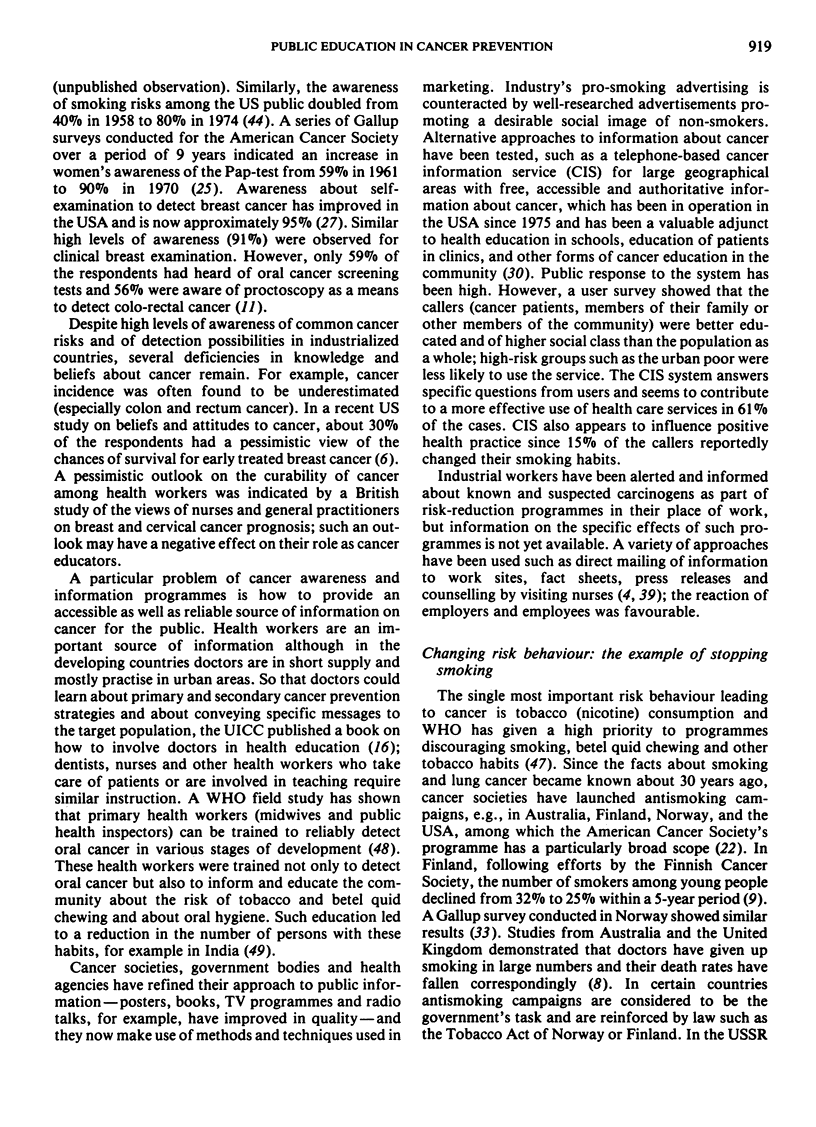
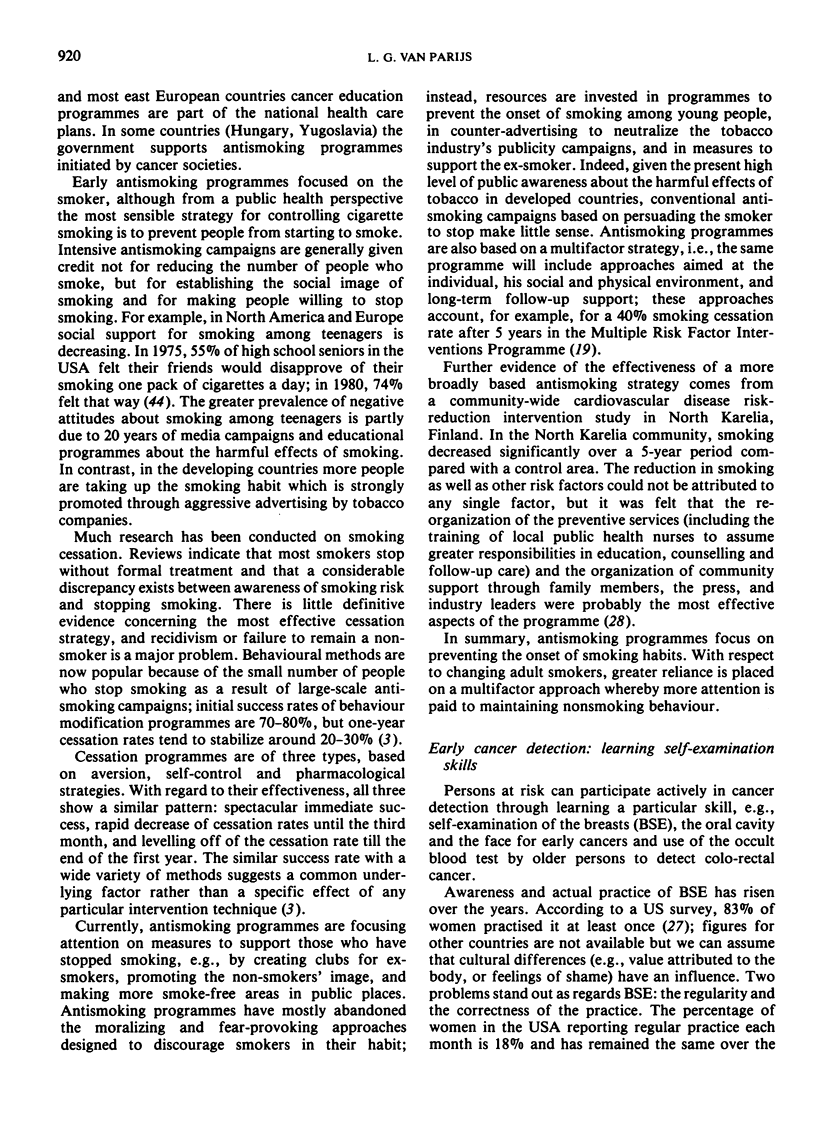
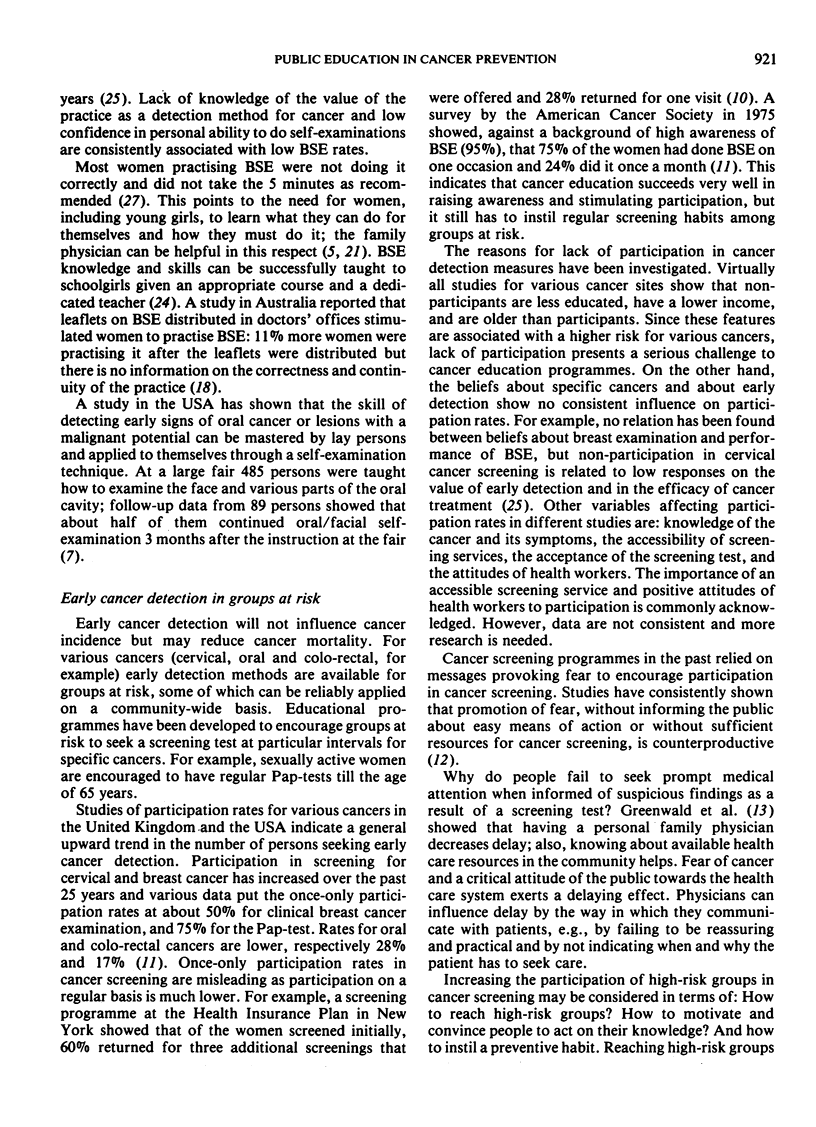
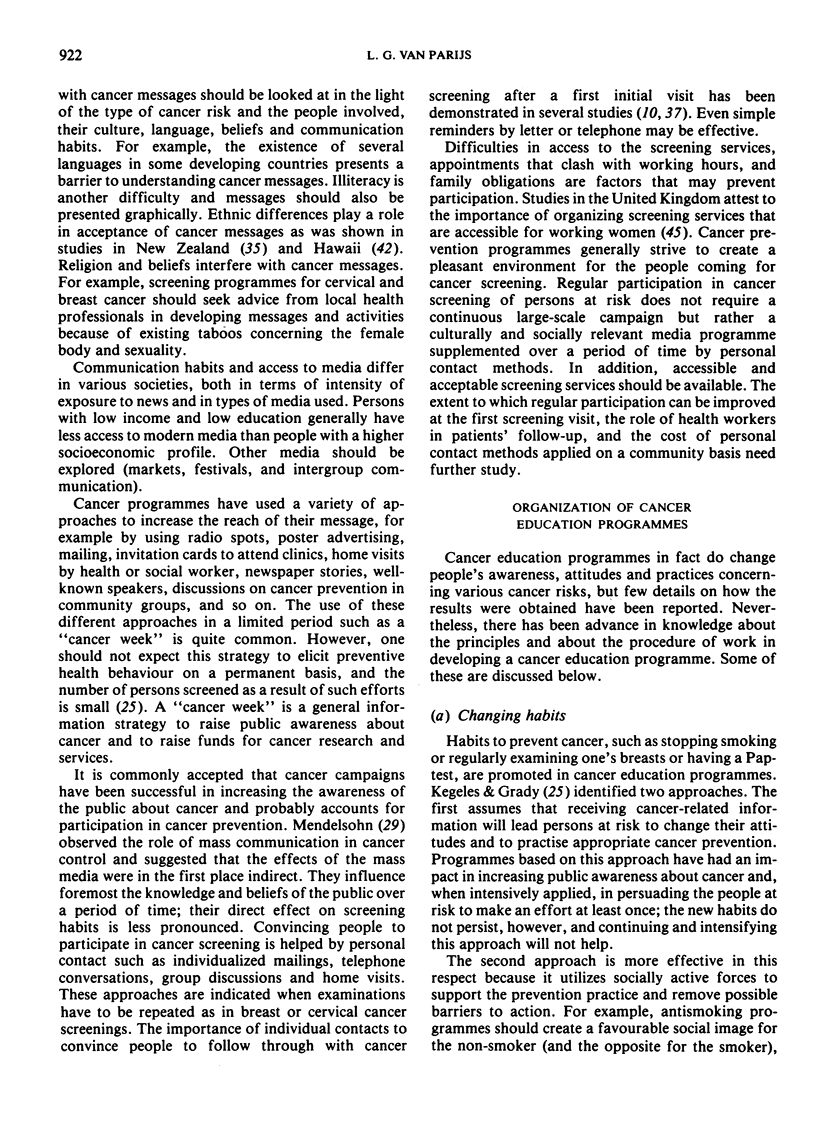
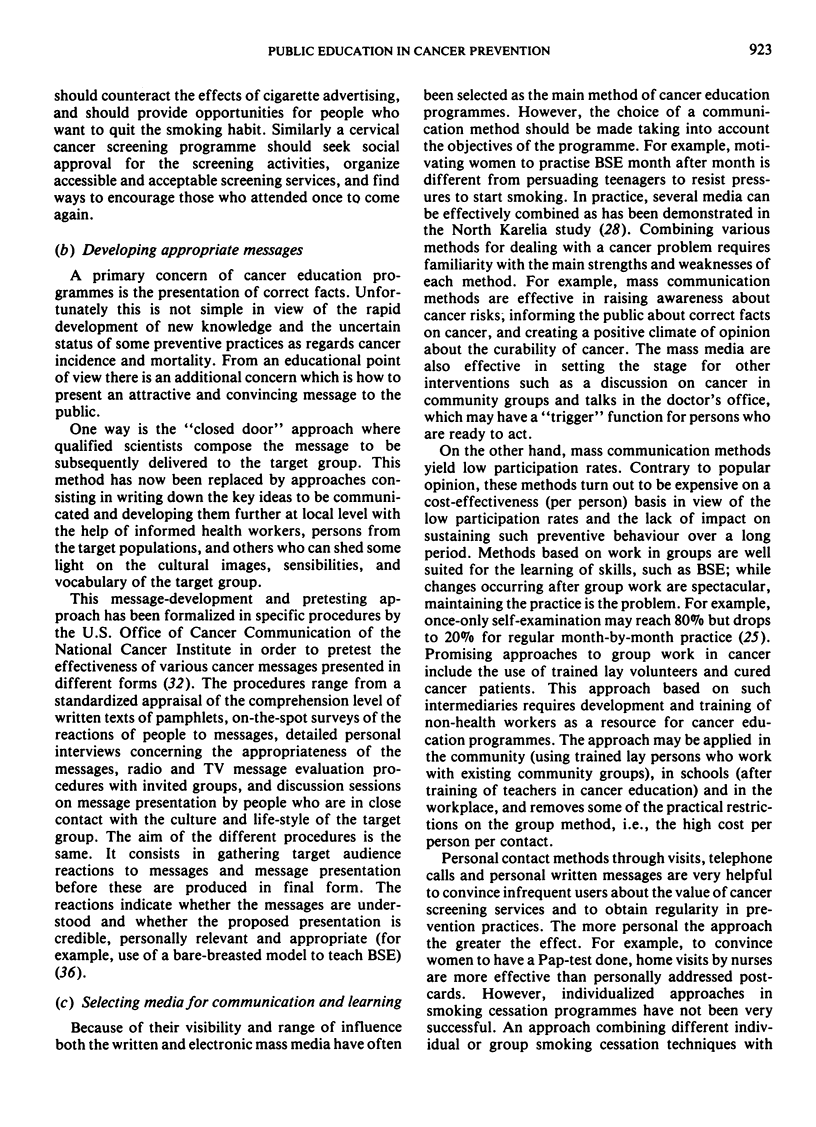
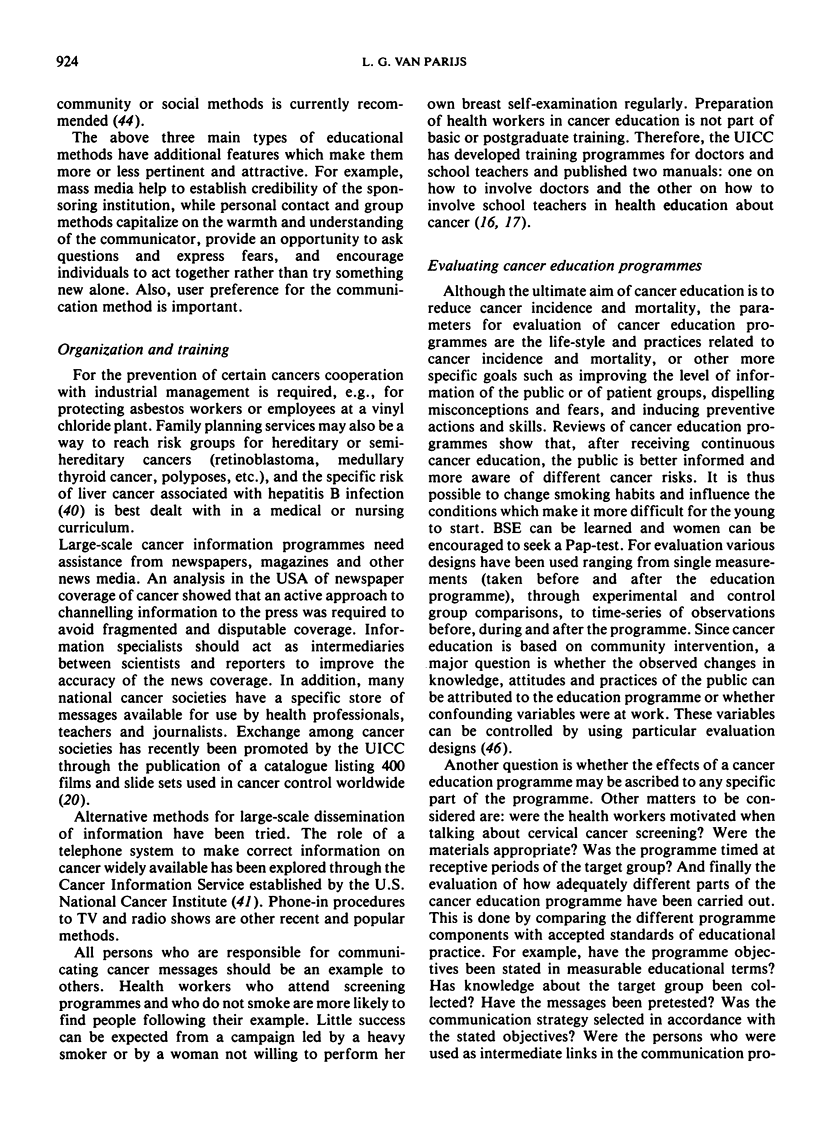
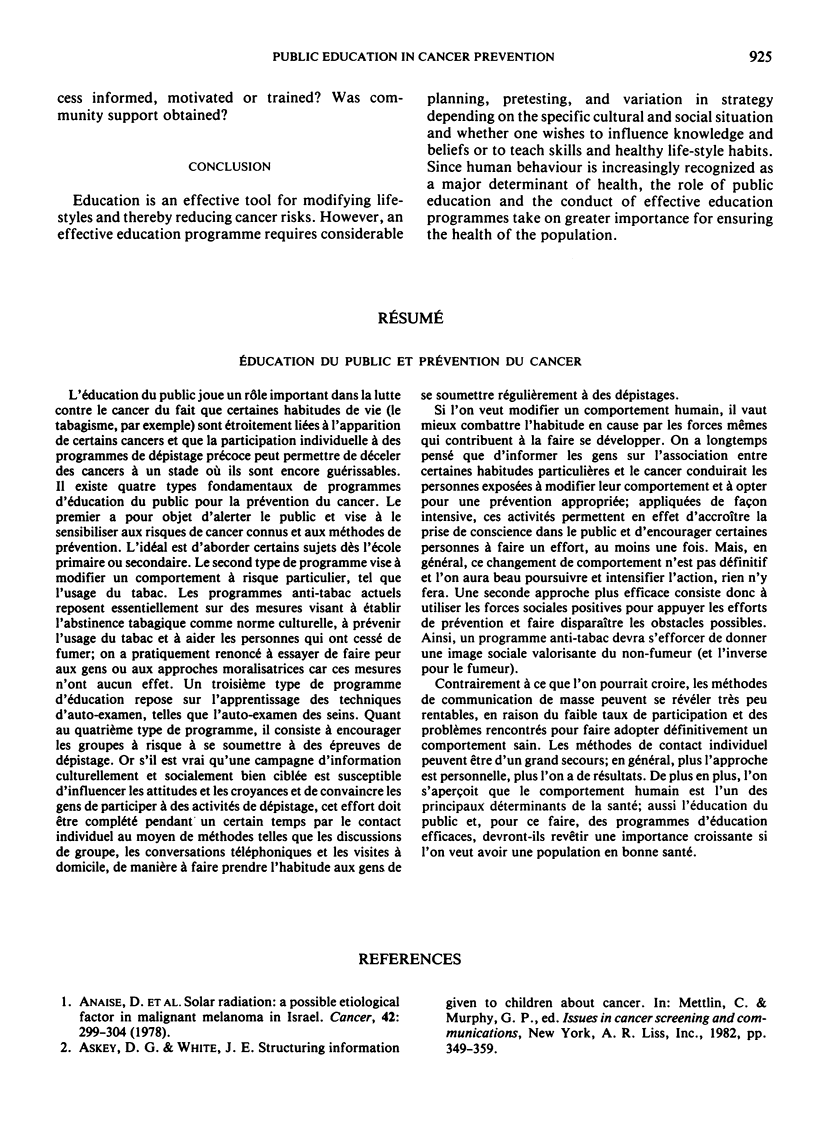
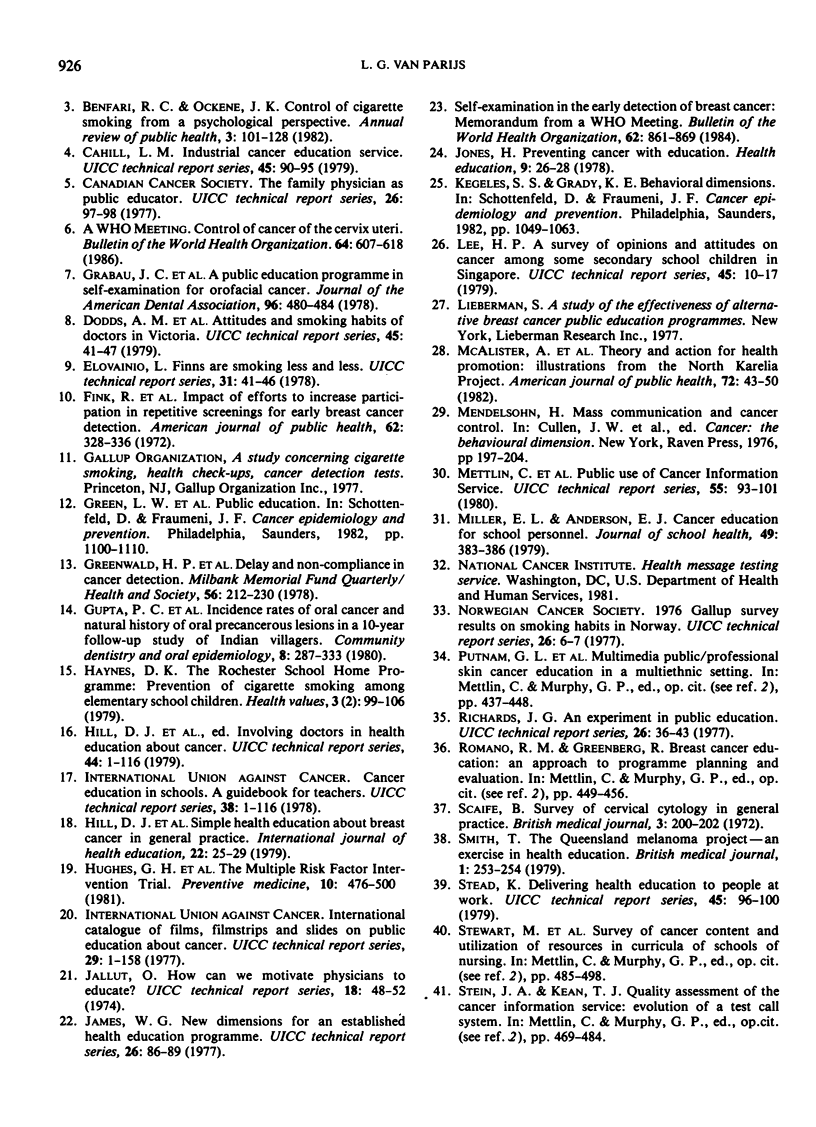
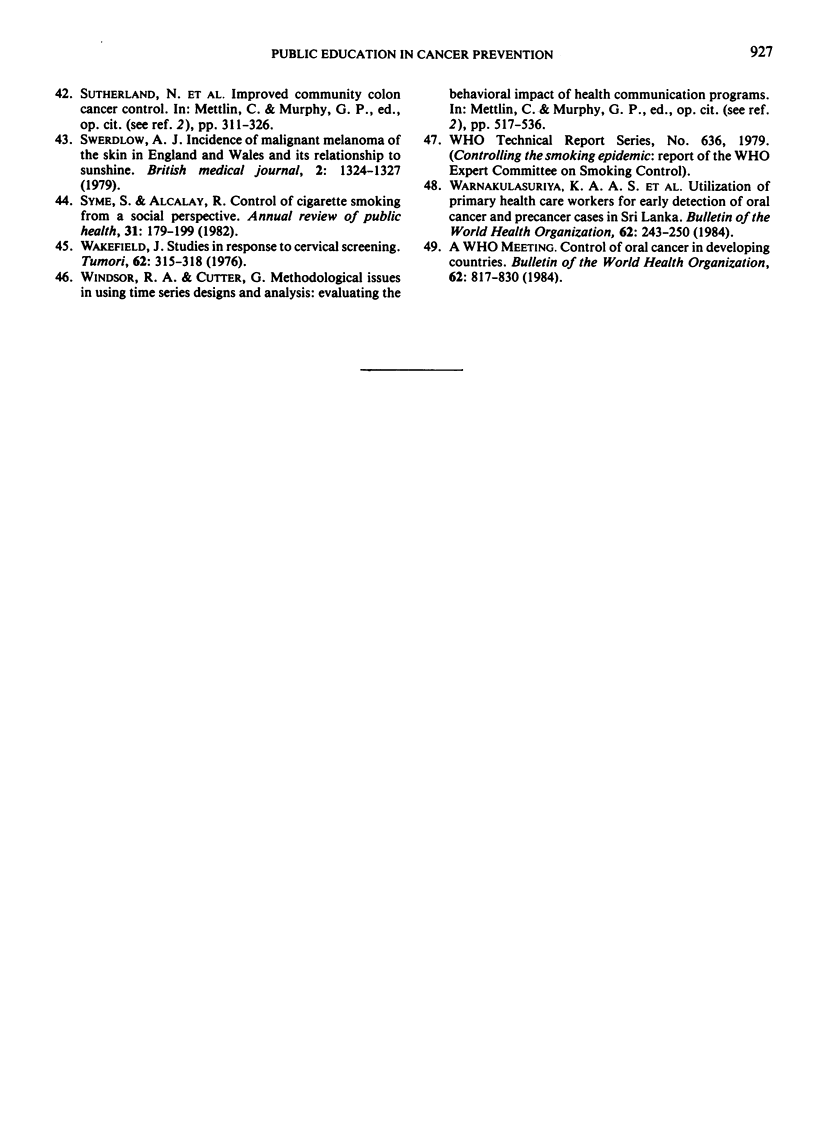
Selected References
These references are in PubMed. This may not be the complete list of references from this article.
- Anaise D., Steinitz R., Ben Hur N. Solar radiation: a possible etiological factor in malignant melaloma in Israel: a retrospective study (1960--1972). Cancer. 1978 Jul;42(1):299–304. doi: 10.1002/1097-0142(197807)42:1<299::aid-cncr2820420145>3.0.co;2-8. [DOI] [PubMed] [Google Scholar]
- Benfari R. C., Ockene J. K., McIntyre K. M. Control of cigarette smoking from a psychological perspective. Annu Rev Public Health. 1982;3:101–128. doi: 10.1146/annurev.pu.03.050182.000533. [DOI] [PubMed] [Google Scholar]
- Fink R., Shapiro S., Roester R. Impact of efforts to increase participation in repetitive screenings for early breast cancer detection. Am J Public Health. 1972 Mar;62(3):328–336. doi: 10.2105/ajph.62.3.328. [DOI] [PMC free article] [PubMed] [Google Scholar]
- Greenwald H. P., Becker S. W., Nevitt M. C. Delay and noncompliance in cancer detection: a behavioral perspective for health planners. Milbank Mem Fund Q Health Soc. 1978 Spring;56(2):212–230. [PubMed] [Google Scholar]
- Hill D., Carson N., Gardner G., East S., Gray N., Heffernan M., Paget N. Simple health education about breast cancer in general practice. Int J Health Educ. 1979;22(1):25–29. [PubMed] [Google Scholar]
- Hughes G. H., Hymowitz N., Ockene J. K., Simon N., Vogt T. M. The multiple risk factor intervention trial (MRFIT). V. Intervention on smoking. Prev Med. 1981 Jul;10(4):476–500. doi: 10.1016/0091-7435(81)90061-x. [DOI] [PubMed] [Google Scholar]
- Jones H. Preventing cancer with education. Health Educ. 1978 May-Jun;9(3):26–28. [PubMed] [Google Scholar]
- McAlister A., Puska P., Salonen J. T., Tuomilehto J., Koskela K. Theory and action for health promotion illustrations from the North Karelia Project. Am J Public Health. 1982 Jan;72(1):43–50. doi: 10.2105/ajph.72.1.43. [DOI] [PMC free article] [PubMed] [Google Scholar]
- Miller E. L., Anderson E. J. Cancer education for school personnel. J Sch Health. 1979 Sep;49(7):383–386. doi: 10.1111/j.1746-1561.1979.tb08098.x. [DOI] [PubMed] [Google Scholar]
- Scaife B. Survey of cervical cytology in general practice. Br Med J. 1972 Jul 22;3(5820):200–202. doi: 10.1136/bmj.3.5820.200. [DOI] [PMC free article] [PubMed] [Google Scholar]
- Smith T. The Queensland Melanoma Project--an exercise in health education. Br Med J. 1979 Jan 27;1(6158):253–254. doi: 10.1136/bmj.1.6158.253. [DOI] [PMC free article] [PubMed] [Google Scholar]
- Swerdlow A. J. Incidence of malignant melanoma of the skin in England and Wales and its relationship to sunshine. Br Med J. 1979 Nov 24;2(6201):1324–1327. doi: 10.1136/bmj.2.6201.1324. [DOI] [PMC free article] [PubMed] [Google Scholar]
- Wakefield J. Studies of response to cervical screening. Tumori. 1976 May-Jun;62(3):315–318. doi: 10.1177/030089167606200309. [DOI] [PubMed] [Google Scholar]
- Warnakulasuriya K. A., Ekanayake A. N., Sivayoham S., Stjernswärd J., Pindborg J. J., Sobin L. H., Perera K. S. Utilization of primary health care workers for early detection of oral cancer and precancer cases in Sri Lanka. Bull World Health Organ. 1984;62(2):243–250. [PMC free article] [PubMed] [Google Scholar]


